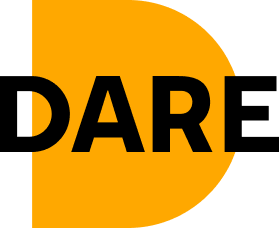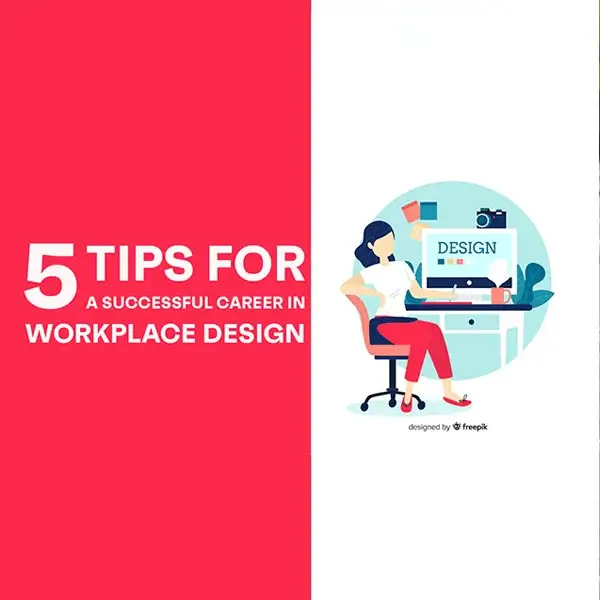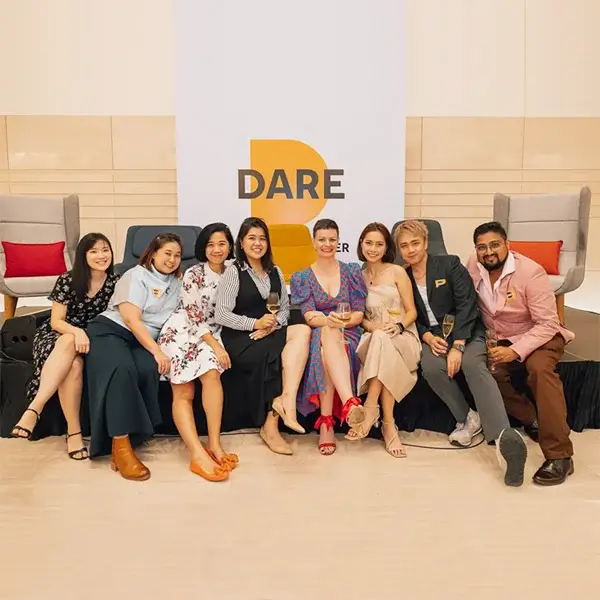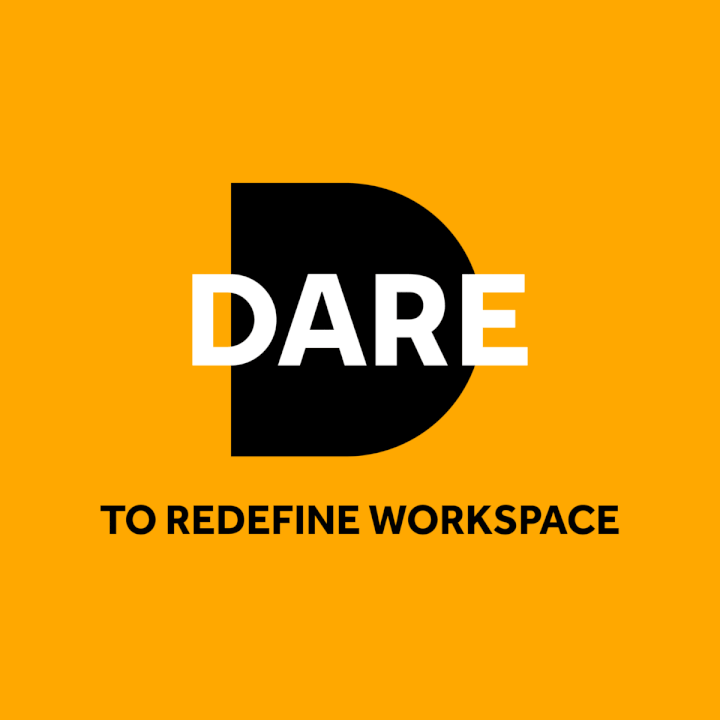Are you considering a Career in the Workplace Design Field? Here are Contrast's tips to help you get started.
In the span of our lifetime, the average adult will spend roughly one-third of their time at their place of work. Globally, commercial real estate is valued at over 32.7 trillion USD, and investment into its development post-pandemic is set to push that number even higher in the coming years.
Workplace design is a vast market, and in the last two decades, it is a field of design practice that has grown astronomically as it becomes more apparent that good design can add significant value. As a global society, we have realized that our workplaces are not secondary environments, for many of us, a large portion of our days is spent at work; in fact, the average person will spend 90,000 hours, roughly 1/3 of our lifetime in our workplace. So, they should be places where we feel happy and content. Research on well-being, education, and safety are at the forefront of business management. Companies are beginning to recognize the importance of investing in office spaces that are comfortable, safe, supportive, and designed to meet all the needs of their workforce. The outcome of such investment is a series of environments where the work produced is ultimately more creative and successful.
As the demand for better and brighter workplaces increases, so too does the need for dedicated workplace designers. This is the industry that is set to revolutionize where and how we work and it is an industry that is desperately in need of talented creative designers that can help shape a future where we don’t work for the workplaces, but workplaces work for us – As experts in the field, Contrast has compiled a list of our top tips for anyone who might be considering making the shift to a role in workplace design
Tip One: A good designer is about more than being good at design
Tip Two: Fascinated by people
Tip Three: Think differently, but don’t believe everything you think
Workplace design is anything but a replication business. Unlike many design industries, no two projects in workplace design are the same. Every client is different, every space is different, every office culture is different. and to that end, each solution provided will be unique. Can you think differently and innovate again and again? Workplace design is so much more than creating an attractive workplace and a career in this field may require you to go against the grain unlearn what you know as a designer and take different approaches; for instance, most buildings are planned to a grid, the result can often lead to a rigid and unstimulating workplace. It is well understood that human beings do not operate at their best in such environments. So, developing a space completely off-grid that delivers higher efficiency and a better overall user experience for people to inhabit and navigate in ways that are inherently in their nature. This may be an unfamiliar, but better approach.
Tip Four: Build a broad social and professional network
Having a broad mix of friends and influences has been shown to improve creativity, Being a part of several different groups can also help with divergent thinking and thus the ability to undertake simultaneous convergent and divergent thinking. These are essential skills for a workplace designer. A diverse social and professional network will help the designer understand the wide array of end user perspectives and navigate them with empathy to provide solutions that work for all. It is essential to understand that to implement a successful workplace design, there are many industries involved in the process. It can be invaluable to have people from other fields, keep you up to date on the latest technology, trends, and successes.
Tip Five: Communication is the key to personal and career success
Strong communication skills are the best skillset a designer can have in their toolbox of abilities. The actual craft of design will only get you so far. Good communication goes beyond just having the ability to articulate your reasoning and design processes. Being able to effectively communicate your thoughts and ideas that allow you and your clients to speak the same language will take you all the way. Effective communication also involves questioning the status quo, as it is an essential part of understanding, and that comprehension is the key to developing successful workplace solutions.
At Contrast, we believe that questioning is an essential part of understanding and that understanding is the key to designing and developing successful workplace solutions. Suppose you, too, believe that the spaces we occupy in our work-life should be spaces where productivity and personal well-being are harmonious and where business ethos and future-proofing find synergy. In that case, you may well be precisely who we are looking for —Whatever your background, please send your resume to us at [email protected]. We advocate the importance of design in creating a better world of work.





